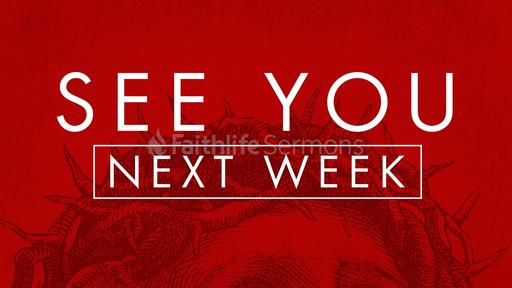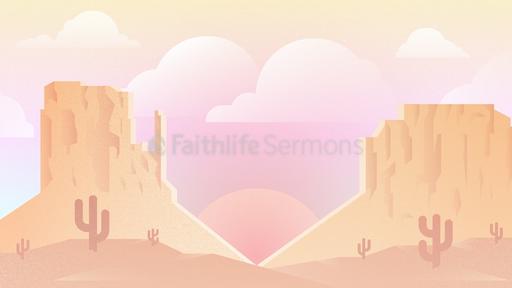Gospel in Isaiah
Sermon • Submitted
0 ratings
· 11 viewsNotes
Transcript
Sermon Tone Analysis
A
D
F
J
S
Emotion
A
C
T
Language
O
C
E
A
E
Social
A Diamond, A Thread
A Diamond, A Thread
Isaiah shows us that scripture is a coherent story
I started this weekend by describing the gospel as a diamond that when illuminated under different light, shows off the complexity and beauty of diamond in different ways.
Another way we can talk about the Gospel is as a scarlet thread that runs through all of scripture.
ASK: What is your favorite story?
What do good stories have in common?
They’re connected.
Has anyone ever seen a real life tapestry?
Talk about tapestries.
How about an ancient scroll?
Lodz Torah scroll. Talk about Scrolls
500 years old
When we stand back and look at the tapestry, one thing that we will notice is that the scarlet thread is more like a scarlet web, and when we start reading scripture in light of Christ, it becomes more and more evident every time we read scripture that this thread of Christ is touching every corner of the pages of scripture.
Somewhere in the middle of this tapestry, we see a man named Isaiah.
If we had a tapestry of all of Scripture, Isaiah would be standing in the middle, a little towards the end and in the backdrop behind him we would see many things.
Corruption
Idol worship
Oppressive Governments
Terrible Foreign Powers
The opening line of Isaiah sets the stage
1 The vision concerning Judah and Jerusalem that Isaiah son of Amoz saw during the reigns of Uzziah, Jotham, Ahaz and Hezekiah, kings of Judah. 2 Hear me, you heavens! Listen, earth! For the Lord has spoken: “I reared children and brought them up, but they have rebelled against me. 3 The ox knows its master, the donkey its owner’s manger, but Israel does not know, my people do not understand.” 4 Woe to the sinful nation, a people whose guilt is great, a brood of evildoers, children given to corruption! They have forsaken the Lord; they have spurned the Holy One of Israel and turned their backs on him.
They have forsaken the Lord.
The forsaking of Yahweh has implications for more than just Israel
Gen 12, calling of Abraham.
Election is for mission.
Isaiah Shows us that exposure to a holy God can both justify us, and send us on mission.
Read Is 6 together:
41 Isaiah said these things because he saw his glory, and he spoke about him.
Isaiah encountered Jesus and the glory of God.
“Holy, Holy, Holy”
Trinity? Yes, but also...
“the repetition proves rather the unwearied zeal of the seraphim; the prophet meant that the angelic song has no end, for God’s holiness furnishes to them and to us an inexhaustible theme.”
Haroutunian, J., & Smith, L. P. (1958). Calvin: Commentaries (pp. 123–124). Philadelphia: Westminster Press.
When sinful man encounters the raw holiness of God, it jacks you up. But when drawing near to God is matched with repentance, than that is when atonement happens!
But here’s one of the most important things that we must not miss.
Justification was immediately followed by mission.
“The whole earth is full of his glory”
The importance of land. (Contrast to Romans 8)
Isaiah shows us that Jesus is the fulfilled promise of a suffering servant who both pays for sin, and fulfills/enables missional calling.
Is 52 and 53
As the book of Isaiah goes on, many themes emerge. Judgement, restoration, judgement, restoration.
One of the primary things we see as we read Isaiah is that God is discipling Israel for disobeying Him, and not fulfilling their covenant mission.
So we have two problems.
Sin.
Failure to live missional calling.
Suffering Servant brings justification
Isaiah shows us that the Gospel doesn’t stop at justification. It points to a new heavens and a new earth.
Is 66 (The kingdom that is inaugurated for the suffering servant draws the nations to the Holy Mountain of the Lord)
Final verses. Kinda rough?
Contrast with Rev 22
Isaiah in the tapestry is pointing towards the middle of the tapestry, where Christ is standing tall, with His foot on the head of the serpent.




